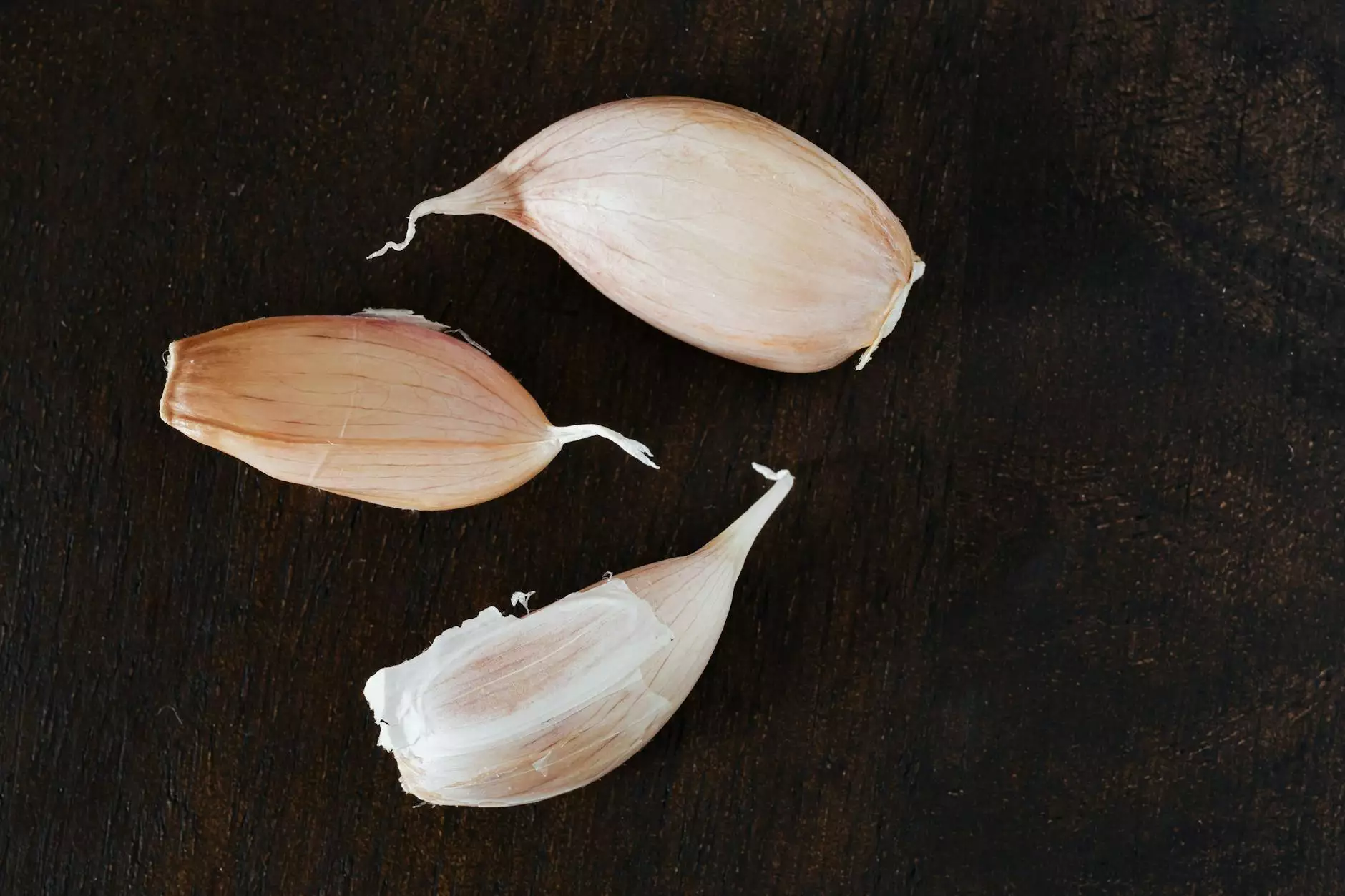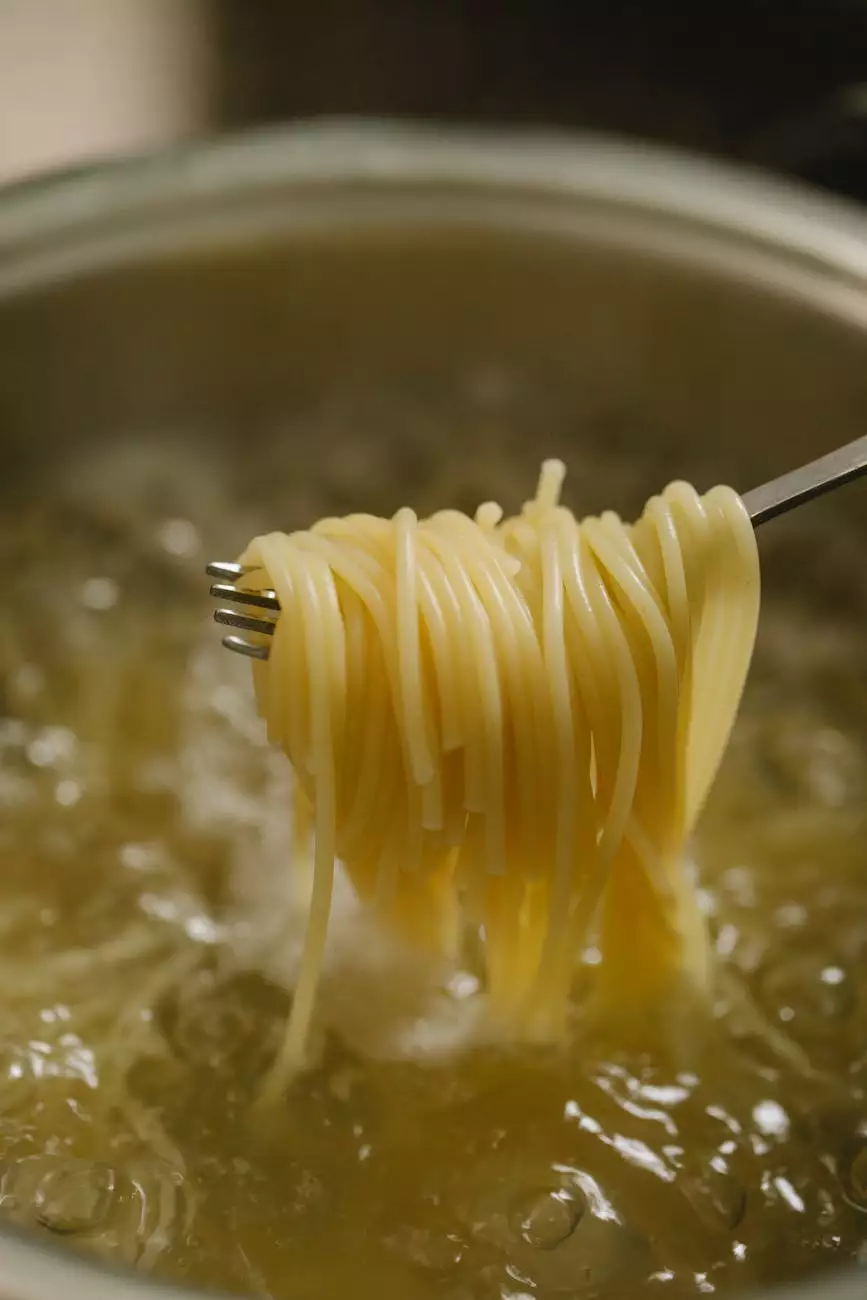6 Tips on How to Reduce Food Waste In Restaurants - Pollen Bank
Blog
Introduction
Welcome to Pollen Bank's blog post on reducing food waste in restaurants. As a leading platform in the eCommerce & Shopping - Food & Supplements category, we understand the need for sustainable practices within the food industry. In this article, we will provide you with six comprehensive tips to help minimize food waste in your restaurant, fostering both environmental and financial benefits.
1. Implement Accurate Inventory Management
One practical way to reduce food waste is by implementing accurate inventory management systems. Keeping track of ingredient quantities, monitoring expiration dates, and analyzing consumption patterns will enable you to order only what you need, minimizing unnecessary spoilage and waste. Explore the possibility of using digital inventory management tools to streamline the process.
2. Train Staff on Proper Food Handling and Portion Control
Properly trained employees play a vital role in reducing food waste. Educate your staff about correct food handling techniques, such as maintaining appropriate storage conditions and understanding expiration dates. Additionally, emphasize portion control to avoid over-serving customers, as uneaten food often goes to waste. Teaching staff to identify customer preferences and adjust portion sizes accordingly can significantly reduce waste.
3. Offer Customizable Menus and Increase Communication with Customers
By offering customizable menus, you provide customers with greater control over their meal choices. Encourage them to communicate their preferences and dietary restrictions beforehand, allowing you to better plan and prepare meals accordingly. This proactive approach reduces the likelihood of food being prepared and ultimately going unused, resulting in reduced waste.
4. Embrace Creative Menu Planning and Repurposing
Creative menu planning and repurposing can significantly minimize food waste. Develop innovative recipes that incorporate surplus ingredients or find new ways to utilize food scraps. For example, vegetable trimmings can be used to create flavorful stocks, and surplus bread can be transformed into breadcrumbs. By embracing these practices, you not only reduce waste but also introduce exciting and unique offerings to your menu.
5. Implement Waste Tracking and Analysis
Tracking and analyzing waste patterns is crucial to understanding your restaurant's specific areas of improvement. Implement a waste tracking system that monitors the types and quantities of food wasted. This data will enable you to identify recurring issues, modify your operations, and develop targeted solutions to reduce food waste effectively.
6. Collaborate with Local Food Banks or Nonprofit Organizations
Consider partnering with local food banks or nonprofit organizations to redirect excess food to those in need. By donating surplus food, you contribute to community welfare and minimize waste simultaneously. Establishing relationships with such organizations ensures that otherwise wasted food is utilized productively, improving overall sustainability in your restaurant.
Summary
As an eCommerce & Shopping - Food & Supplements platform, Pollen Bank recognizes the importance of reducing food waste in restaurants. By implementing accurate inventory management, training staff on proper food handling and portion control, offering customizable menus, embracing creative menu planning and repurposing, implementing waste tracking and analysis, and collaborating with local food banks or nonprofit organizations, you can significantly reduce food waste in your restaurant. Make sustainability a priority and join us in creating a more environmentally-friendly food industry!




